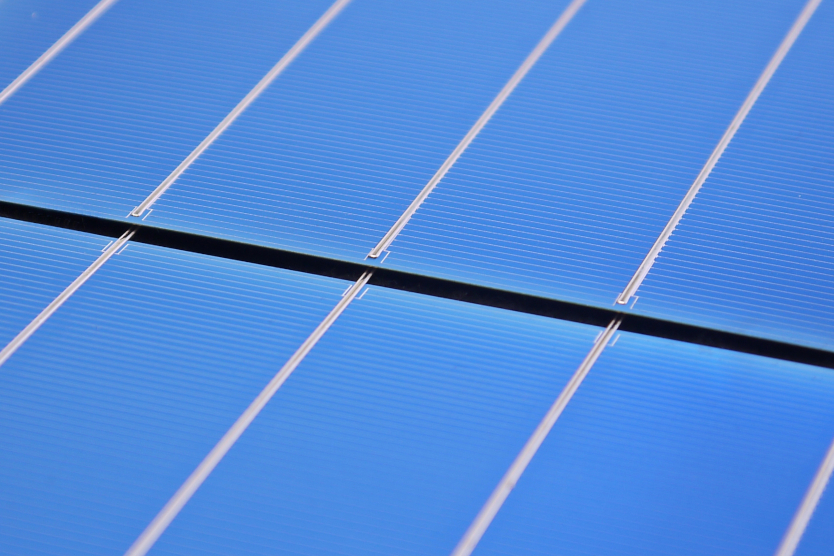
With tandem photovoltaics, it is possible to leave the limits of single solar cells behind and ultimately achieve a reduction in solar electricity costs.
There are so many different types of photovoltaic cells out there vying to become “the next generation” of solar technology. The key differentiator is a cell’s efficiency – this indicates how effectively sunlight is converted into electricity and determines the system’s energy yield. For a couple of years, a team at the Fraunhofer Institute for Solar Energy Systems (ISE) has been focusing efforts on breaking the 50 percent efficiency mark – and it’s come tantalisingly close (47.6 percent) by stacking two highly efficient tandem solar cells on top of each other.
The "50 percent" project team combined an upper cell of gallium indium phosphide and aluminium gallium arsenide with a lower cell of gallium indium arsenide phosphide and gallium indium arsenide. This configuration enables the broadest spectrum of light from 300 to 1,780 nanometres to be absorbed (by comparison, a typical silicon solar cells absorbs in a range of 1,200 nanometres). Furthermore, the scientists improved the contact layers and anti-reflective coating to reduce energy losses.
Their 47.6 percent result exceeds the efficiency of the best quadruple solar cell to date by 1.5 percent – a new world record. The scientists are confident their achievement is just the beginning for multi-junction stack cells. The quad-cell is ideally suited for use in concentrated photovoltaic systems in sunny climes, where solar radiation is intensified using an array of lenses.
"With tandem photovoltaics, it is possible to leave the limits of single solar cells behind and ultimately achieve a reduction in solar electricity costs," comments Stefan Glunz from Fraunhofer ISE in a report published by Scinexx. Glunz and his team presented their results at the 2nd International TandemPV Workshop in Freiburg (30th May – 1st June).


